It
is interesting that when Buddhism comes to mind in the mind of a
Westerner, an association with Buddha Shakyamuni arises that is
literally translated "Awakened Sage from the Shakya Family", who
received the name Siddhatha Gotama (Pali) / Siddhartha Gautama
(Sanskrit) at the birth, which is translated (descendant of Gotama , successful in achieving the goals). Siddhartha Gautama himself reached enlightenment under the Bodhi tree about 2000 years ago. The remaining 45 years of his life, Buddha traveled along the Ganges
River valley in central India in the company of his disciples and taught
his Teaching to a wide variety of people.
But
the main hero of modern Tibetan Buddhism, spread on the territory of
Ladak (Little Tibet), is the outstanding yogi, Naropa, who achieved
enlightenment and full realization under the guidance of Tilopa's
teacher, and then revealed to the world the six principles of yoga
Naropa. It is these 6 principles of Yoga Naropa that constitute today practices of modern Tibetan Buddhism.
The line of Naropa continued with outstanding disciples, who later
became Teachers: Marpa, Milarepa, etc. This line continues to this day.
One of the most outstanding yogis of Tibet is Milarepa, because he
managed to achieve enlightenment, without merit in previous lives, for
one incarnation.
So, about the biography and history of the Tibetan school of Buddhism Kagyu line, we will tell in this article.
- Tilopa (928-1009)
- Naropa (956-1040)
- Maytrip (1007-1077)
- Kukkuripa
- Marpa (1012-1097)
- Milarepa (1052-1135)
- Rechung (1084-1161)
- Gampopa (1079-1153)
Tilopa (928-1009).
Indian Tantric, one of the 84 Buddhist mahasiddhas, revered as the founder of the Kagyu line of Tibetan Buddhism.
Biography
Biographical information about Tilop is contradictory and contains many fantastic elements.
Tilopa was born into a family of brahmanas, according to some sources -
in the royal family, he threw a stay in the monastery, receiving
instructions from the dakini, and began to lead a wandering way of life.
Tilopa settled in Bengal, and squeezed the oil from the sesame seed, from where he received his nickname - "Tilopa" ("sesame").
According to tradition, Buddha Vajradhara came to him during
meditation, and he received a direct transmission of the teachings of
Mahamudra.
After receiving the transfer, Tilopa stopped wandering and began to teach students. The most notable of his disciples, Naropa, became his follower, having
learned the practice, which is called the Six Yogas of Naropa.
Tilopa is considered the author of the saying: "The problem is not in enjoyment, but in attachment."
Subsequent degenerations of Tilopa.
In
the Tibetan tradition of Buddhism, it is believed that after reaching
the Awakening, Tilopa did not cease to be reborn, and to this day there
is in the world as a nirmanakai - Telo Tulku.
Naropa (956-1040)
Teacher of Buddhism, a monk, and later a yogi, a Tantric teacher, a
disciple of Tilopa and brother of Niguma, the founding father of the
Kagyu tradition.
One of his most remarkable disciples was Marpa.
Biography
Naropa
is considered one of the founders of the Kagyu lineage, showed himself
as an outstanding scholar and master of meditation. In
accordance with the teaching that Tilopa gave him, he developed the
practical system of the Six Yogas of Naropa, which gives students the
opportunity to experience Enlightenment. Later the teachers of the Karmapa line especially appreciated and developed these practices.
Early years and youth
According to tradition, Naropa was born into a royal family. According to other sources, he was born in the family of a wine merchant. At the age of eight he asked permission to go to Kashmir to deepen his education there. He studied there with the most outstanding instructors of the arts, sciences, grammar, rhetoric and logic. Then he returned to his parents and married the young brahmanke Vimaladipi; they lived together for eight years, and during that time she became his pupil. However, he asked for divorce to be able to continue his studies in Kashmir. He was accepted as a novice, studied for three years and became known for his erudition and remarkable abilities.
Monasticism in Nalanda
At twenty-eight, Naropa left Kashmir for Pullahari. He entered the Nalanda University, which was then run by four great Buddhist teachers.
After
the death of one of them, he was elected to a vacant post and, having
received the name Abhayakirti, became one of the abbots of Nalanda -
"The Guard of the North Gate". His fame spread widely and resulted in numerous appeals to Buddhism.
In Nalanda, he taught for eight years.
Once, when he was studying books, an old woman with thirty-seven unpleasant features appeared before him. Being
the embodiment of Vajradakini, she revealed to him the futility of book
knowledge and told that her "brother" Tilopa could give him a special
true knowledge. Naropa left his high position at the university, abandoned the books and set out in search of Teacher.
Discipleship at Tilopa
Tilopa subjected him to twelve severe tests, each of which resulted in the transmission of an important teaching. In total, Naropa was under Tilopa's teaching for about twenty years.
To Naropa the pilgrim-translator Marpa came twice from Tibet, who
received from him initiations into deep tantras and instructions on
Mahamudra.
One of the few historical testimonies about the last period of
Naropa's life belongs to the Tibetan translator Ngato, who, while
waiting in the monastery of Vikramashila to meet Atisha, tried to visit
Naropa in Pullahari:
Since
I came to see Lord Atisha, just as a simple monk, and since he stayed
for a year in Magadha, I thought, would not I go to see Naropa, since he
is so glorious. I walked a month south of Magadha, and heard that the lord had stopped at a monastery called Pullahari. From the opportunity to see him the greatest merit arose. The day that I arrived there, I was informed that a certain tsarevich had come to him to give him honors. I went there, and I saw a huge throne erected by him. I sat directly in front of him. The crowd began to whisper: "Vladyka is coming!" I
looked at him: the lord was rather well-nourished, his gray hair was
dyed with henna and reddened with a turban, painted with cinnabar. Four people carried his palanquin, he himself chewed betel leaves. I touched his foot and thought: "It is necessary to listen, that he will announce." However, people, pushing harder and harder, pushed me from his feet and finally completely squeezed out of the crowd. So, although I saw the face of the lord, but his voice actually did not hear.
Naropa remained for the rest of his life in Pullahari, where he died at the age of 85.
To be continued…








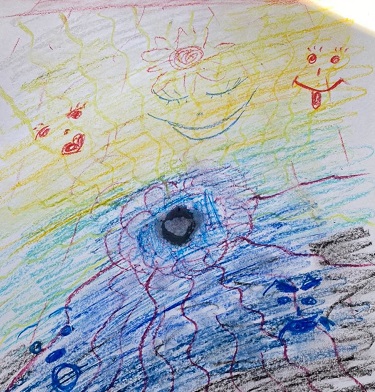

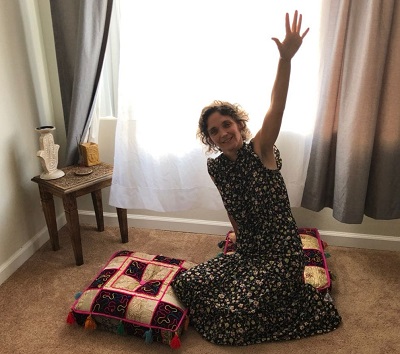
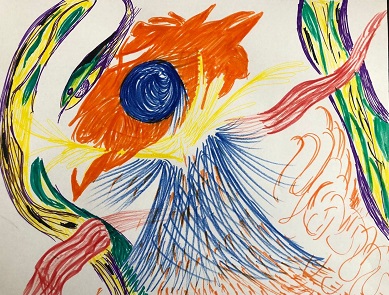










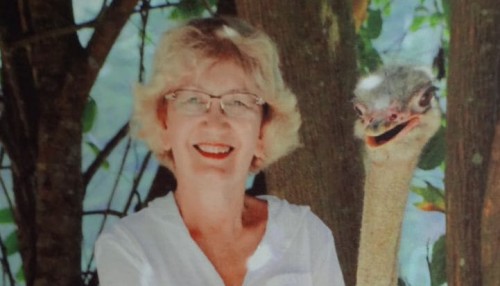














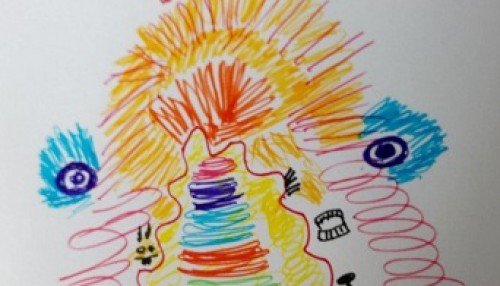




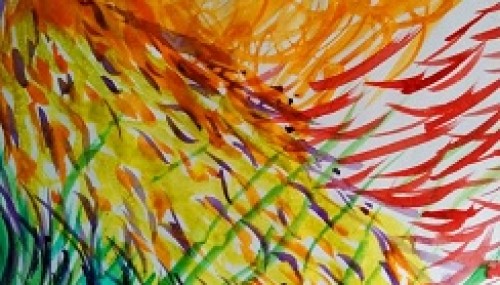




Комментарии
Войдите на сайт чтобы оставить комментарий
Войти